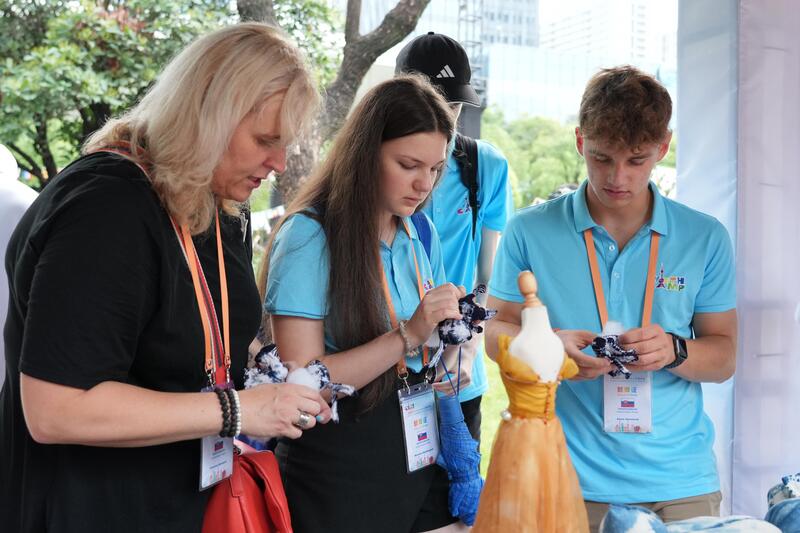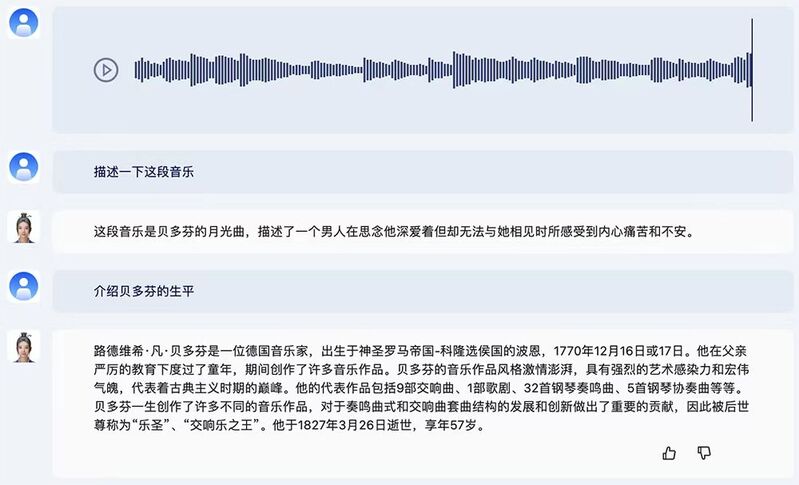How far away are we from room temperature superconductivity? The Korean research team called it "achieving room temperature superconductivity" and "requiring the removal of papers". Materials | Magnetism | Team
These days, "room temperature superconductivity" has once again sparked public discussion.
The incident originated on July 22 when a South Korean research team uploaded a paper on the preprint website ArXiv, stating that a material named "LK-99" can achieve room temperature superconductivity.
If this has sparked public curiosity about room temperature superconductivity, by August 1st, the topic had already "boiled"——
Taiji Quantum announced the discovery of a room temperature superconducting material made of graphene, but did not simultaneously release relevant experimental data.
A research team from Huazhong University of Science and Technology posted a video on Bilibili under the name "Guanshankou Male Technician" UP, claiming to have synthesized the "LK-99" crystal and displayed its diamagnetism. As of the time of writing this article, the video has had over 7.48 million views.
Even stocks of American superconducting companies continue to rise.
More dramatically, a member of a South Korean research team also stated that the paper had flaws and was published by one member without authorization. The team has now requested that the paper be removed from the preprint website.
Amidst the dazzling array, what is worth noting is: Does diamagnetism equal superconductivity? Why is room temperature superconductivity so popular? What are the difficulties that need to be overcome to achieve room temperature superconductivity?
Jiefang Daily's Shangguan News reporter interviewed Professor Cai Chuanbing, Director of the Key Laboratory of High Temperature Superconductivity at Shanghai University.
Is diamagnetism equivalent to superconductivity
"When I saw the title of the South Korean research team's paper" The First Room Temperature and Atmospheric Pressure Superconductor ", I was also very excited. After all, people who do superconductors long for room temperature and atmospheric pressure superconductivity to appear. Looking at it again, the experimental materials are common mineral elements, non-toxic and not expensive, and almost every science and engineering laboratory can try them. I had the impulse to repeat the verification that night." Cai Chuanbing admitted that his research team started forming a research team on July 26th, and formulated a 24-hour plan every day for a week. After completing the raw materials and preparation methods, the experiment was launched on the 29th. So far, two different types of process samples have been prepared, and are being tested and characterized.
In a video released by a South Korean research team, the synthesized crystal stands tilted at the interface of a magnet, like a butterfly flapping its wings.
In the Bilibili video posted by the team from Huazhong University of Science and Technology, a toothpick points to a small black dot crystal that is almost invisible to the naked eye. Under the microscope, as the neodymium iron boron magnet moves, it either stands or falls, and the same goes for changing the direction of the magnet.
Two videos show that the synthesized crystal material may have undergone an diamagnetic reaction.
But is diamagnetism equivalent to superconductivity?
"Superconductors need to meet two most important characteristics: zero resistance and complete diamagnetism, also known as the Meisner effect." Cai Chuanbing said, "complete diamagnetism" is an extreme state of "general diamagnetism", which is "complete diamagnetism"; Many materials in nature have general diamagnetism, but do not possess superconductivity. "The diamagnetic effect demonstrated by the Huazhong University of Science and Technology team is relatively good, but both videos show weak diamagnetism. If the material has complete diamagnetism, it will 'fly'."
As for the characteristic of "zero resistance", it is necessary to verify the relationship between resistance and temperature changes, and the team from Huazhong University of Science and Technology has not yet done so.
The English paper by the South Korean team did not provide the relationship between resistance and temperature changes in the main text, but its attachments and a paper published in Korean in March this year showed that under the condition of 127 ℃, its zero resistivity is not entirely zero, and some resistance is higher than that of copper or silver. "To be precise, they are more likely to have found a low resistance ceramic composite material, which is also interesting in itself. However, this is far from the paper's claim of 'achieving room temperature superconductivity'. Based on the current knowledge, some are too eager and not rigorous enough." Cai Chuanbing said.
He also specifically mentioned that an insulator with a high resistance suddenly drops to a very small value in a short period of time as the temperature changes. If the instrument resolution is not high or the drawing parameter range is not selected properly, it may not be recognized. There are also a few people who handle data improperly and cause a huge resistance contrast, which can be misunderstood as zero resistance.
From a theoretical perspective, achieving room temperature superconductivity is a contradictory matter
Some people say that the concept of room temperature superconductivity this time is speculation in the stock market. Regardless of whether it is true or false, the capital market already sees long-term expectations. Why is room temperature superconductivity so popular?
Let's learn more about superconductivity. In 1911, Dutch scientists unexpectedly discovered that when mercury was cooled to minus 268.95 ℃, its resistance suddenly disappeared, which is commonly known as "low-temperature superconductivity". In 1986, "high-temperature superconductivity" was first achieved, which means achieving "zero resistance" in a liquid nitrogen environment at minus 196 ℃. The "high temperature" here is relative to minus 268.95 ℃.
Superconductors can conduct current with zero loss, and high-temperature superconductivity is a huge advancement compared to low-temperature superconductivity because it greatly reduces costs. It can be imagined that achieving room temperature superconductivity will become one of the most influential scientific breakthroughs of the 21st century, contributing to power transmission, magnetic levitation technology applications, nuclear fusion, quantum computing, and addressing energy issues.
High temperature superconductivity has been discovered for nearly 40 years, but room temperature superconductivity has not been broken through. What are the difficulties?
Some scientists believe that room temperature superconducting materials are on the eve of breakthroughs. Cai Chuanbing holds a cautious attitude towards this, stating that "theoretically, achieving room temperature superconductivity is a contradictory matter.".
It is reported that unlike conventional conductors, superconductivity is a process of phase transition and mutation, where the ordered state of electrons suddenly changes and becomes paired in pairs. "This is like a dance floor, originally each dancing in a rather disorderly manner. Later, when they found each other's dance partners, the degree of order increased, and the resistance decreased."
The lower the temperature, the more ordered the electrons, and the lower the resistance; The higher the temperature, the greater the thermal activation energy, and the greater the resistance, while room temperature is already considered high for electrons.
Of course, under extreme high pressure conditions, electrons will also become more ordered, which can reduce resistance. However, this is from extreme low temperature to extreme high pressure conditions, and the challenge is equally significant.
So, how far are we from room temperature superconductivity? "In the future, with the help of artificial intelligence design, it is possible to achieve atomic manipulation. Alternatively, the discovery of a new material will also inspire new scientific directions," said Cai Chuanbing.




